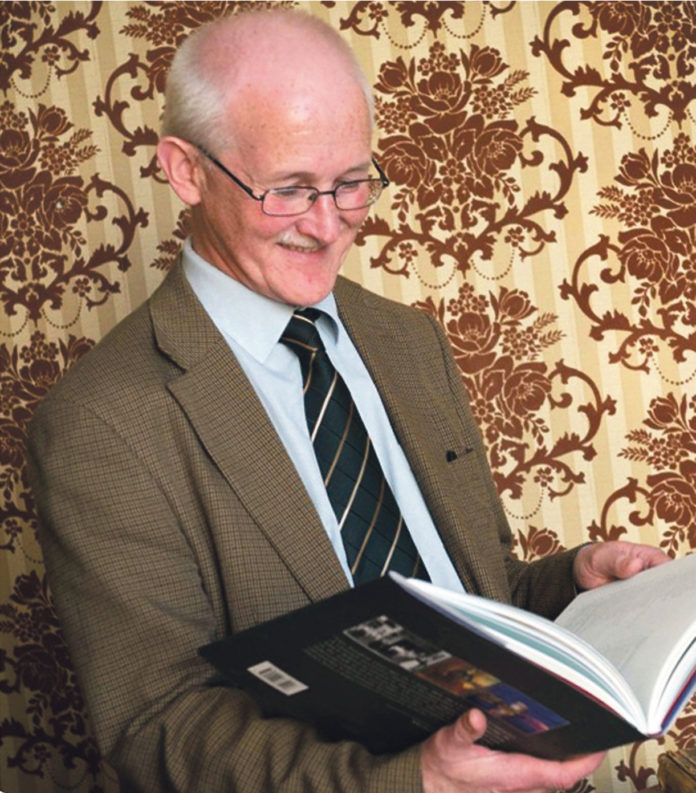
FROM MYTHS steeped in Irish folklore to rumour sparked by early scholars, the origin of Limerick’s name has inspired speculation for centuries. The truth around where we get the word Luimneach has been blurred by the mists of time.
Take a moment to imagine the scene centuries ago on King’s Island, where the air was thick with petrichor and the scent of damp earth along the riverbank. Irish warriors, weary from their travels, trudged through the mud, their metal plate armour clanging softly with each step. Woodsmoke from campfires drifted across the grasslands as horses grazed, and men gathered under the shadow of the Shannon.
Such a vivid image may lend credence to one of the proposed origins of Limerick’s name: Loum-ne-augh, meaning “made bare” in Irish, a reflection of its raw and exposed landscapes in days long past.
According to legend, after a powerful Irish chieftain set up camp on the island during a conflict with a rival king, his war horses devoured so much grass that the land was marked by its new name: Loum-ne-augh.
One journalist and historian, Maurice Lenihan, who served on the Limerick municipal council from 1863 to 1887, assembled the History of Limerick in 1866, claiming to address the city’s origins and its many possible sources which include this bare land story.
Mr Lenihan’s publications details accounts of Limerick’s early settlement as being scant and unreliable before the Vikings’ second arrival in the late ninth century.
Limerick historian Matthew Potter, curator of the Limerick Museum, explains that ancient records and interpretations offer conflicting accounts, blending myth and fact well before modern historiography’s objective rigour emerged in the 1900s.
Still, he believes the ‘bare land’ tale stands out.
“I think of all of those explanations that one seems to be the one that has the most credibility,” he told the Limerick Post.
Mr Lenihan’s History of Limerick also notes the work of the 16th-century chronicler Raphael Hollinshed, who described Limerick as one of the principal cities of the age.
A different origin emerges in the Books of Lecan and Balhymote, which local historian Lenihan said were preserved by Professor O’Curry, a notable 19th century Irish historian.
In this account, two brothers from Munster and Connacht once gathered for a grand competition to decide who would be the champion of Limerick. Of the two warriors, Rimi and Teabhar (meaning the ‘spear’ and ‘sword’), one claimed the protection of the chief of Tipperary and the other from Roscommon. As the crowd allegedly huddled together to watch on, the heat became so great that the spectators shed their Luimins (gray-green cloaks), only to have them swept away by the tide as their attention was firmly placed elsewhere.
Upon noticing this, the spectators shouted the phrase “Is Luimenochola in t-inbhear anossa” (“cloaky is the river now”), offering an alternate etymology.
Limerick Museum curator Matthew Potter also acknowledges Viking influences on the word Luimneach, noting that Norse terms like Limrich (“rich land”) may have influenced the Irish name, and certainly shaped the English word Limerick.
The curator added that old Norse names such as Hlimrek, Laemrich, or Allymrick all also have served as stepping stones towards what eventually progressed into the name Lymericke, finally transforming into Limerick in the Middle Ages and early modern times.
The historian notes that before the first English dictionaries appeared around the 18th century, standardised spelling was not colloquially recognised.
While each historical interpretation offers a fascinating angle on the history of ancient Limerick, they remain, the Limerick Museum curator admits, fundamentally speculative.









